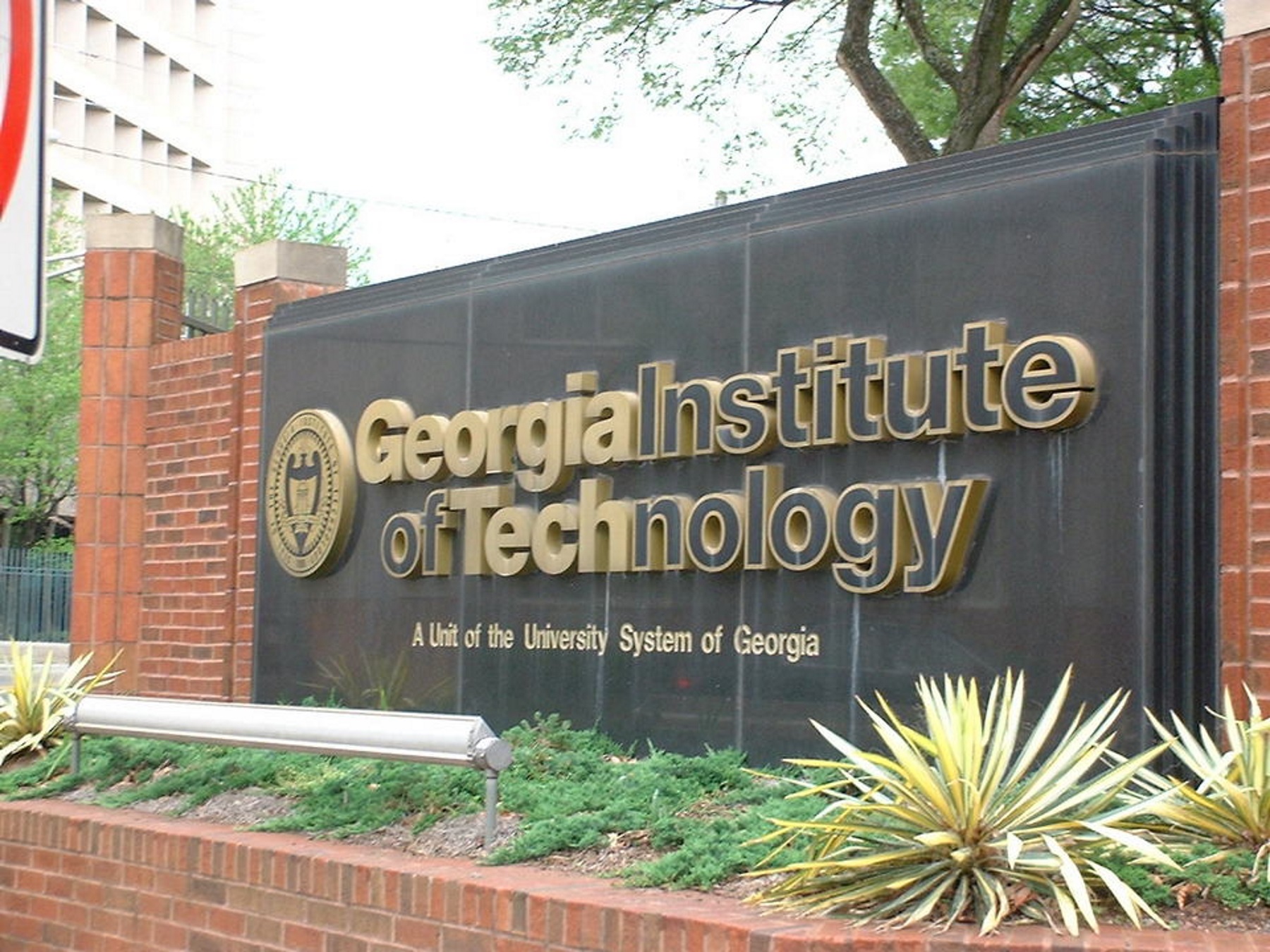“Big data’’ health care analytics are the focus of a new program at Georgia Tech.
Last week, the American College of Radiology’s Harvey L. Neiman Health Policy Institute announced a five-year, $3 million research partnership with the Georgia Institute of Technology to establish the Health Economics and Analytics Lab (HEAL), with the Ivan Allen College of Liberal Arts at Georgia Tech.
HEAL will apply big data analytics and artificial intelligence to large-scale medical claims databases — focusing on medical imaging — to better understand how health care delivery and payment models affect patients and providers.
“The goal of the HEAL lab is ultimately just to provide objective, credible scientific evidence into the national medical imaging debate,” said Danny Hughes, executive director of the Neiman Institute and professor of economics in the School of Economics, a unit of the Ivan Allen College of Liberal Arts.
Using big data analytics, the HEAL lab will look at “the broader view of policy as it impacts the medical profession,” said Hughes, “but we are primarily focused on understanding that from the viewpoint of medical imaging,” such as X-rays, MRIs and CT scans.
Large data analytics is a hot topic in health care.
“Big data analytics is a term that means examining or analyzing a large set of data in some way in order to be able to make meaningful conclusions about the information,” said Lesley Clack, an assistant professor in Health Policy and Management and the University of Georgia’s College of Public Health.
Hughes, who will lead the lab, describes data analytics as “examining the wealth of patient data out there to see if there are any insights that can better inform patient care, better structure or add better structure to health care systems.”
Analysis of vast quantities of data may reveal subtle patterns that even the sharpest medical professionals would not notice on their own.
He uses the example of a patient suspected of having had a stroke. Data analytics can be used to look at the treatment model for that patient. Data from a number of factors related to the treatment can then be used to look at a larger set of patient outcomes in the same category, and determine whether any treatment guidelines need to be changed. The goal is to make treatment as cost-efficient and beneficial to each patient as possible.
“In health care, data analytics is used to allow companies and organizations to make better decisions,” said Clack. “Administration may use data for strategic planning. Clinical departments use data for disease management and making clinical decisions. Finance departments use data for assisting with claims processing.”
Data sets are already in use by organizations such as the Neiman Institute, a boutique health policy think tank founded in 2012 and based in Washington, D.C.
“On our website,” said Hughes, “in addition to providing research, we actually provide data tools where we’ve taken data and we’ve packaged it up, we’ve cherry-picked and put it in a way that’s accessible to people and put it on maps you can find online.”
One example is the Neiman Almanac, which provided data that the state of Hawaii used on imaging guidelines for patients.
The HEAL lab came into being after a lengthy process. Hughes was the first research director at the Neiman Institute, which he said is committed to “understanding everything within the world of policy and economics as it pertains to medical imaging.”
In 2016, the institute felt that it would be able to leverage its resources better if it was embedded within a larger institution and had access to a greater set of skills.
“We are involved in bringing that credible objective data into the debate,” said Hughes, “And so sometimes you need an expert in epidemiology, sometimes you need an expert in computer science, and that’s not something that every study you need requires.”
“We felt that perhaps if we linked with more of an academic-based enterprise, we could actually leverage into a larger cross-section of talent,” said Hughes.
After a search, the Neiman Institute decided that Georgia Tech was the perfect match.
“Georgia Tech has a really strong public policy presence, their engineering is world-class,” said Hughes, “and the one thing that Georgia Tech bought to the table and that we saw at very few other institutions was a firm commitment to interdisciplinary research between departments. And that’s the world that we are in.”
Large-scale data analytics, and the work done at places such as the HEAL lab, can help shape the future of health care.
“Instead of relying on years of accumulated physician specific experience,” said Hughes, “if you have all of that patient data in databases of millions of patients data, then hopefully we can discover those non-intuitive patterns that can better optimize care, better optimize treatment pathways, better optimize the system as a whole so that we can really maximize outcomes with a minimum of resources and really harnessing large-scale data is what’s going to make this happen.”
Naomi Thomas is an intern for Georgia Health News.






